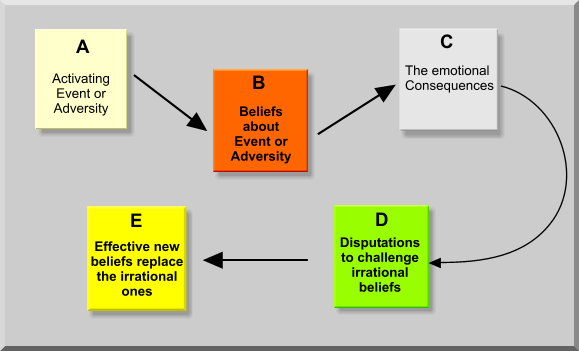The much talked about movie Cinderella was as wonderful as
expected.... have you watched it lately? Ella is different from the girls of
her kingdom. She believes in the magic of kindness and power of courage, this
is what makes her different. It’s her true inner beauty for which the prince
falls, when he meets her in the woods before the ball.
Courage is a universally admired virtue, and courageous individuals
in all cultures have survived against all odds to become the heroes of
subsequent generation.
 Courage is the ability and willingness to confront fear,
pain, danger, uncertainty or intimidation. Not every risk taking activity can be signified as courage. A mugger might be facing risk, uncertainty and fear but to call him
courageous would be to defame the trait. Good intent is an essential component of
courage. It is a part that lets us admire it and that touches us when we see
it in action.
Courage is the ability and willingness to confront fear,
pain, danger, uncertainty or intimidation. Not every risk taking activity can be signified as courage. A mugger might be facing risk, uncertainty and fear but to call him
courageous would be to defame the trait. Good intent is an essential component of
courage. It is a part that lets us admire it and that touches us when we see
it in action.
Interestingly it is this goodness or kindness that keeps us
from recognising our own courage. When Biswas- Diener (positive psychologist)
interviewed courageous people in his research most of them didn’t see their
actions as anything special. “Anybody would have done the same thing”, they
would tell them. We are courageous because it seems like the right thing to do,
because it’s what we expect of ourselves or what we believe that others expect
of us.
Courage can be physical, moral or vital courage. Physical
courage involves the maintenance of societal good by expression of physical
behaviour. Moral courage involves the preservation of justice and service of
common good. Vital courage refers to perseverance through a disease or
disability even when the outcome is ambiguous.
 Life is not fair, at times we are surrounded by difficult
people and situations, instead of returning evil for evil choose to be kind
towards someone in need, not in return for anything, nor for any advantage, but
for that person. The Cinderella's tale teaches us to live in the present moment,
enjoying simple pleasures and maintaining an optimistic attitude.
Life is not fair, at times we are surrounded by difficult
people and situations, instead of returning evil for evil choose to be kind
towards someone in need, not in return for anything, nor for any advantage, but
for that person. The Cinderella's tale teaches us to live in the present moment,
enjoying simple pleasures and maintaining an optimistic attitude.
Courage and kindness is shortest route to good life. Courage is also wisdom, knowing when to act
and when not to act. Disney teaches moral values and virtues which are indeed
important for leading a fulfilling life. The universal virtues of courage and
kindness are basis for our wellbeing and happiness. These virtues help us develop our full potential
and lead a more purposeful life. Be the master of your own destiny. Take risks
and work hard. Have courage and be kind, where there is kindness there is
goodness and where there is goodness there is magic. Believe in yourself and
magic will follow.


.jpg)
.jpg)
.jpg)





